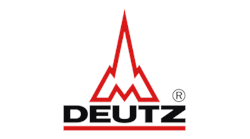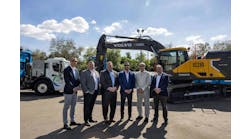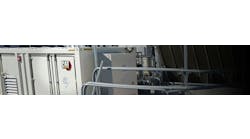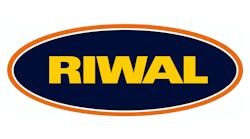Lower energy costs, healthier living and improved indoor and outdoor environments are increasingly demanded by and available to home buyers at all income levels, according to preliminary findings from a survey released by the U.S. Green Building Council and McGraw-Hill Construction.
Families and individual homeowners with the lowest incomes are overwhelmingly satisfied with their green home, more likely to recommend a green home to family and friends, and strongly prefer green homes as a purchasing option. The survey found that 78 percent of homeowners earning less than $50,000 per year say they would be more inclined to purchase a green home. The first findings from the study were released at the site of affordable multi-family homes under construction in Bronx, N.Y. The development, Melrose Commons 5, is being built with LEED certification as a goal.
“The benefits of green homebuilding must be accessible, and affordable, for every American family,” said Michelle Moore, senior vice president, U.S. Green Building Council, which develops and administers the LEED Green Building Rating System for homes, offices, schools, hospitals and other buildings nationwide. “Being able to afford your utility bill is as important as being able to pay your mortgage. Green homes are shining through as the bright spot in an otherwise gloomy housing market.”
The survey estimates that within the past three years more than 330,000 market rate homes with green features have been built in the United States, representing a $36 billion per year industry. An estimated 60,000 of those homes were third-party certified through LEED or a local green building program.
“Fully committed to sustainability for the long-term, green home buyers and remodelers cut across all demographic lines, regardless of income, zip code or anything else,” said Robert Ivy, vice president and editorial director of McGraw-Hill Construction. “Builders are seeing great interest in green across all income levels.”
“We’re crossing the tipping point for green home building,” added Harvey Bernstein, McGraw-Hill Construction vice president of Industry Analytics, Alliances and Strategic Initiatives. “Concerns about energy costs, health and even resale value are adding up green for builders, buyers and renters. Green homes are here to stay.”
The full McGraw-Hill Construction SmartMarket Report will be released this fall. The aim, said Bernstein, is to help builders better respond to the needs of green home buyers and to help product manufacturers and other industry players understand the ever-expanding value of this marketplace.
The U.S. Green Building Council is a nonprofit membership organization whose vision is a sustainable built environment within a generation. Its membership includes corporations, builders, universities, government agencies and other nonprofit organizations. For more information, visit www.usgbc.org.
McGraw-Hill Construction provides construction project information, plans and specifications, product information, industry news, and industry trends and forecasts in North America.





